View/Download this article in PDF format.
1. What is the Green Scissors campaign?
The Green Scissors campaign is a collaboration between Friends of the Earth and Taxpayers for Common Sense to expose and eliminate wasteful spending that is harmful to the environment. Over the years many partners have joined in releasing the Green Scissors annual report these include Public Interest Resource Group, the Heartland Institute, and most recently R Street.
2. When was the Green Scissors Coalition created?
The Green Scissors campaign was created in 1994. Since 1995, Green Scissors has been the cornerstone of our natural resources work at Taxpayers for Common Sense.
3. What is the mission of the campaign and why was it formed?
Green Scissors offers an opportunity to bring together diverse constituencies with different missions, visions, and priorities around one goal: eliminating spending that is both wasteful and environmentally harmful. By making these cuts, the federal government can save money for priorities including reducing national deficits and debt.
4. Who is the intended audience for the annual Green Scissors report?
The annual Green Scissors report is intended to serve as a resource for citizens and policymakers seeking to implement these cuts so that we can better protect our environment and do right by taxpayers. Since its inception in 1994, the Green Scissors campaign has targeted federal spending, tax expenditures, and other subsidies that cost taxpayers both upfront and over the long-term with their environmental liabilities.
5. Which issues are covered within the annual Green Scissors report?
Over the years the Green Scissors report has highlighted many forms of spending that are both wasteful and environmentally harmful however the main issues areas include: energy, agriculture, transportation, and public lands and water.
6. Is the annual Green Scissors report a consensus document?
Yes. The annual Green Scissors report is a consensus document; all of our groups believe making the cuts contained in this report would be beneficial, although we see them as only part of the solution. Making the cuts highlighted in the annual report is an important first step and even more could and should be done.
7. What sources are used to provide the value for subsidies within the annual report?
The values of the subsidies detailed within the annual Green Scissors report are pulled from a number of sources. Whenever possible the report relies on the most recent government sources available, primarily the Joint Committee on Taxation (JCT), the Government Accountability Office (GAO), and the Office of Management and Budget (OMB). In the rare case where no governmental numbers are available, the report uses peer-reviewed academic publications.
8. What type of subsidies does the report include?
Subsidies are federal expenditures that shift the costs of business from industry to the taxpayer and take different forms: preferential treatment to one industry over another in the tax code; direct payments from the government; market-distorting public financing’ limitations of liability that shift corporate risks to the taxpayer; and giving away taxpayer asserts below market value.
9. Why should taxpayers care about the spending cuts outlined by the annual Green Scissors reports?
Eliminating the government spending outlined in the annual Green Scissors report will save you—the taxpayer—billions upfront and in the future by avoiding long-term environmental liabilities.
Taxpayers for Common Sense believes that government waste such as the cuts outlined in the annual report cost more than just money. Misguided government subsidies often cause effects counter to other policy goals: they can damage resources, endanger public health, aggravate economic problems, and undermine true national security. At a time of record deficits, these subsidies are driving the government further in debt and threatening the nation’s economic stability.
For more information on the Green Scissors Campaign, please visit the website at www.greenscissors.com
Or contact Autumn Hanna at (202) 546-8500 x112 or autumn [at] taxpayer.net.



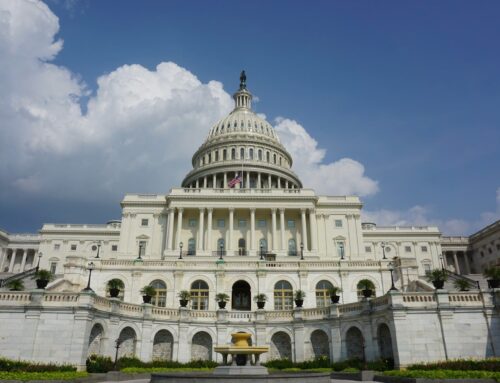
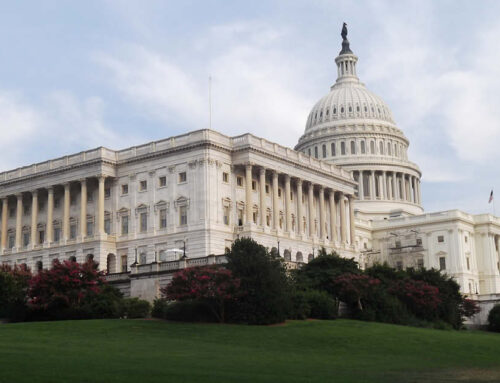

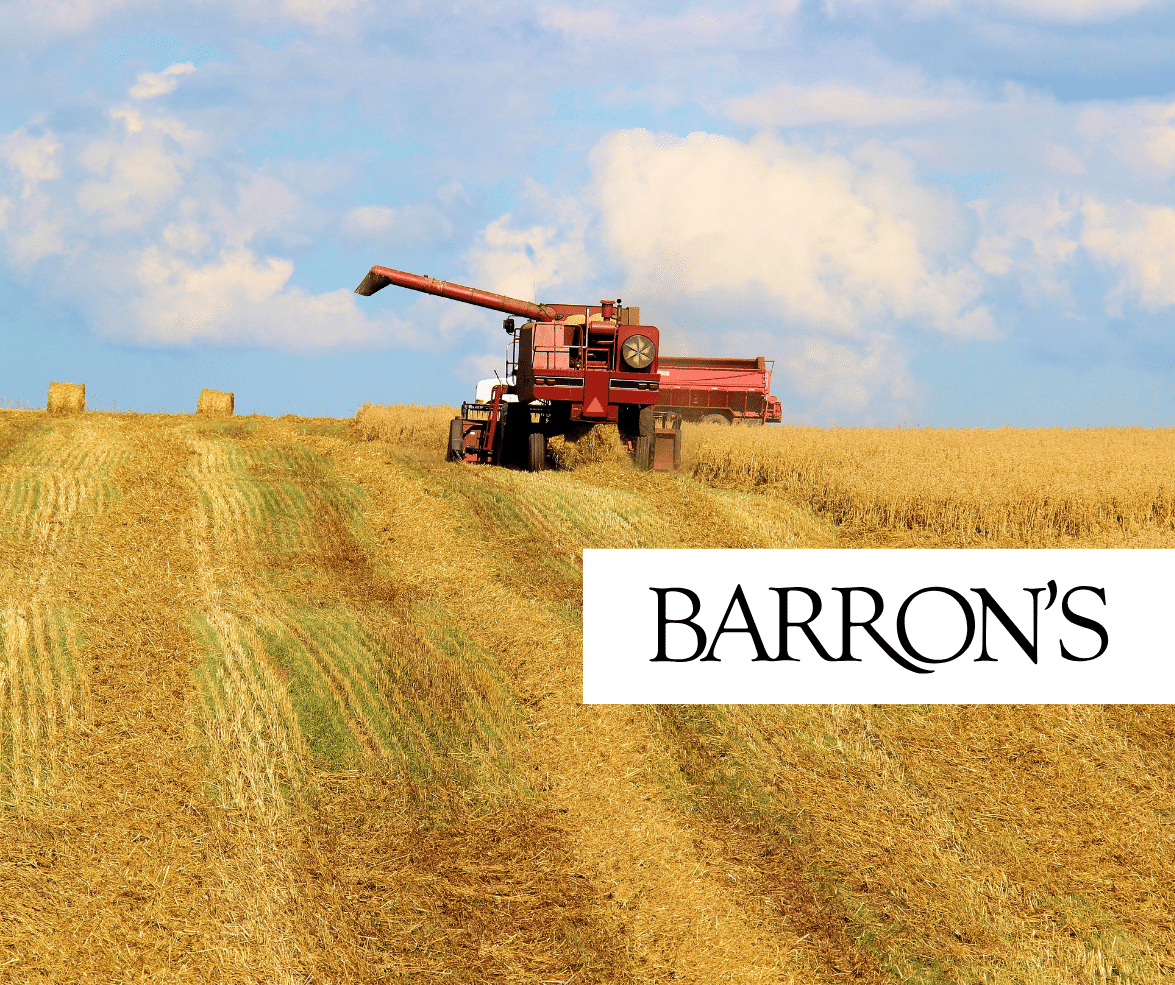
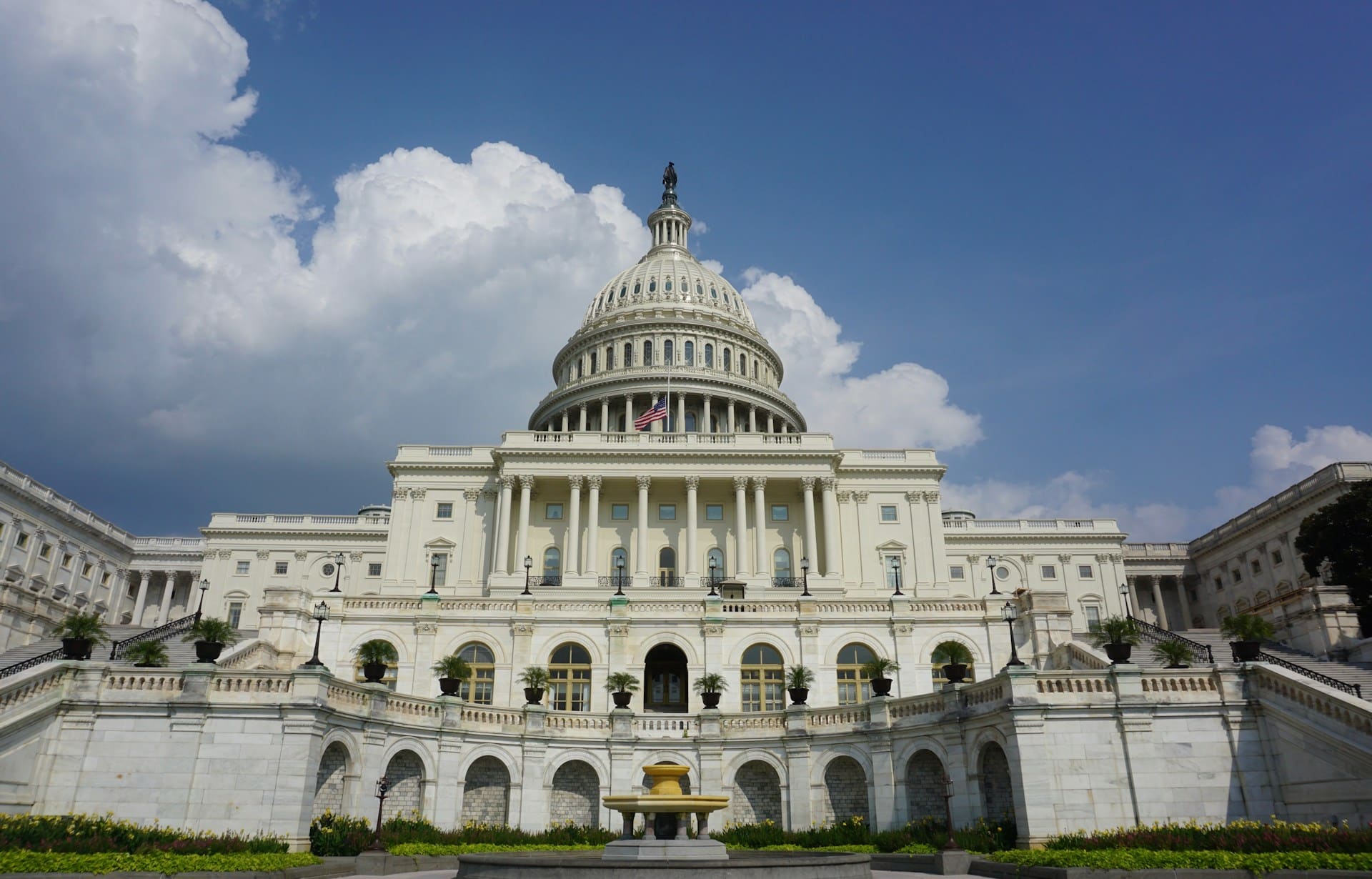
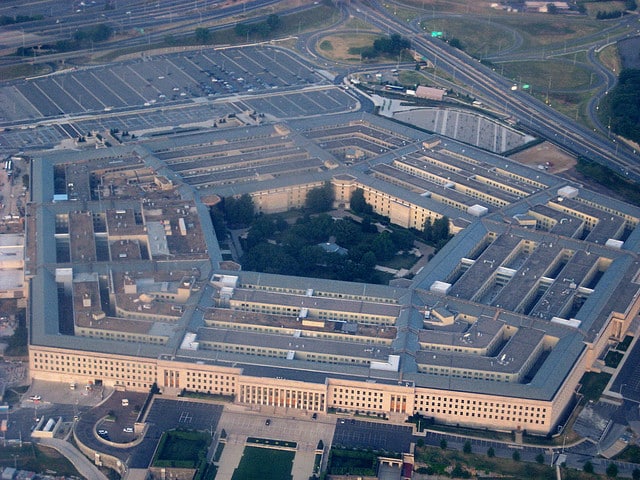
Get Social